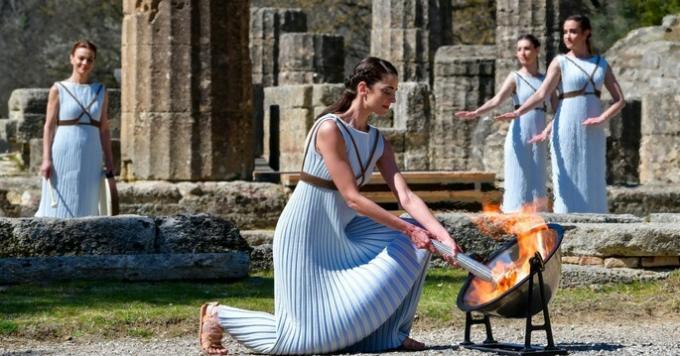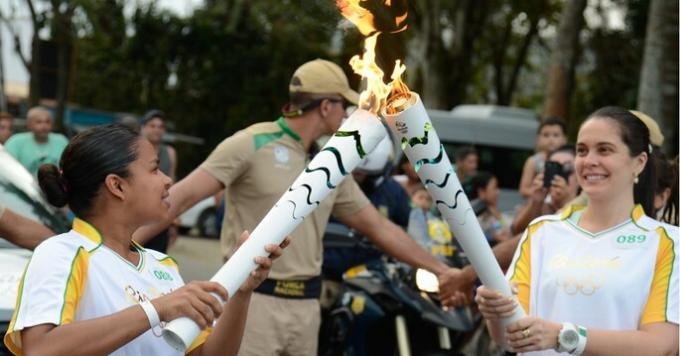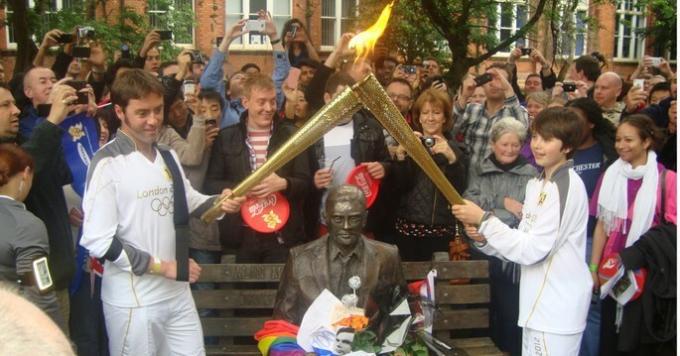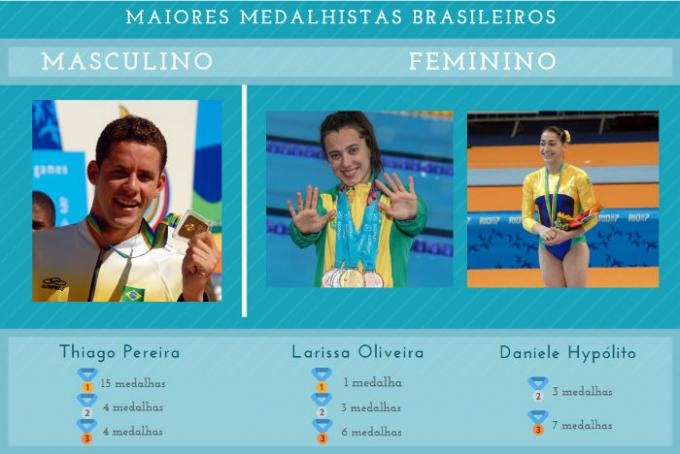The Olympic torch dates back to ancient Greek times, where fire was considered divine.
According to Greek mythology, fire was taken from men by Zeus. However, it was returned by Prometheus, who managed to recover the element by bringing a torch close to the sun, and lighting it.
In the ancient Olympic Games, a flame was lit in honor of Hera, wife of Zeus. This flame was maintained throughout the duration of the games.
In the Modern Olympic Games, the Olympic flame was used for the first time in Amsterdam (1928), and only in 1936 did the first torch relay appear, in Berlin, Germany.
The Olympic Torch in Modern Games
The technique of lighting the Olympic torch by means of the sun's rays has been maintained since ancient Greece. In modern games, the Olympia ceremony is reproduced. However, it is performed by actresses who wear traditional costumes to represent the priestesses of Hestia, the Greek goddess of fire.

The representation to light the torch takes place about 100 days before the start of the Olympic Games.
After the ceremony, a relay begins where the torch is carried by athletes and guests of the Olympic Committee on a course that has origin in Greece, it passes through cities in the country, including Athens, and later travels to the location that will host the Games Olympic.
When it arrives at its destination, the torch lights the Olympic pyre, which remains lit all days of the competition. The first Olympic pyre dates back to 1928 and appeared at the Amsterdam Olympics.
At each edition of the Olympic Games, the torch gets a new design that sometimes alludes to the city or country hosting the event.


Olympic Torch History
Olympic Torch Origin
The Olympic torch is one of the best known symbols of the Olympics.
The story of Greek mythology, in which Zeus brought a torch close to the sun, in order to light it to return fire to mankind, has a common point with the way to light the torch's flame: the sun
To light the Olympic flame, a torch was placed in front of a concave mirror called skaphia, which concentrated and directed the sun's rays, and caused the fire to be lit. The procedure took place in a kind of ceremony performed by women in the sanctuary of Olympia, Greece, in front of the temples of the gods Zeus and Hera.
This flame was kept burning throughout the time of the Olympic Games. In it, the priests lit a torch that was later passed on to whoever won a race.
This winner was given the gift of lighting, with the torch, the altar where a sacrifice would be made to the god Zeus.
The first Olympic torch relay
The torch relay was a tradition in Greek rituals, but it was not originally part of the Olympic Games.
At the Olympics, it took place for the first time in 1936, in Berlin, Germany. The opening of the event was made by the Nazi dictator Adolf Hitler.
Studies show that the relay was actually a Nazi strategy created to promote the image. of the Third Reich as a modern state, economically dynamic and expanding internationally.
Hitler's aim was to impress foreigners visiting Germany, so every detail was carefully planned.
Was he interested in learning more about the Olympic Games? Be sure to consultOlympics (Olympic Games)

